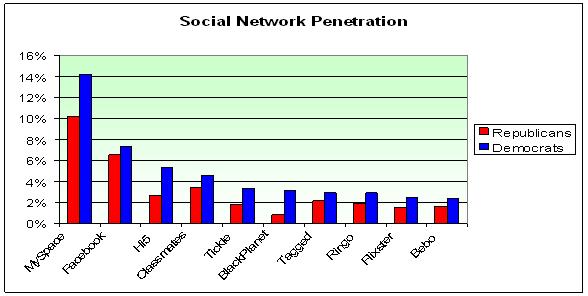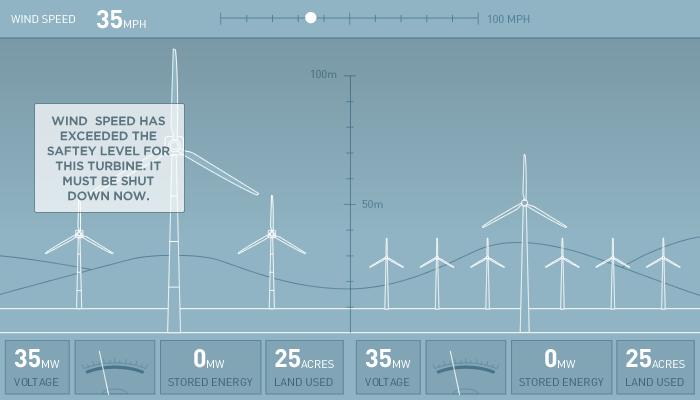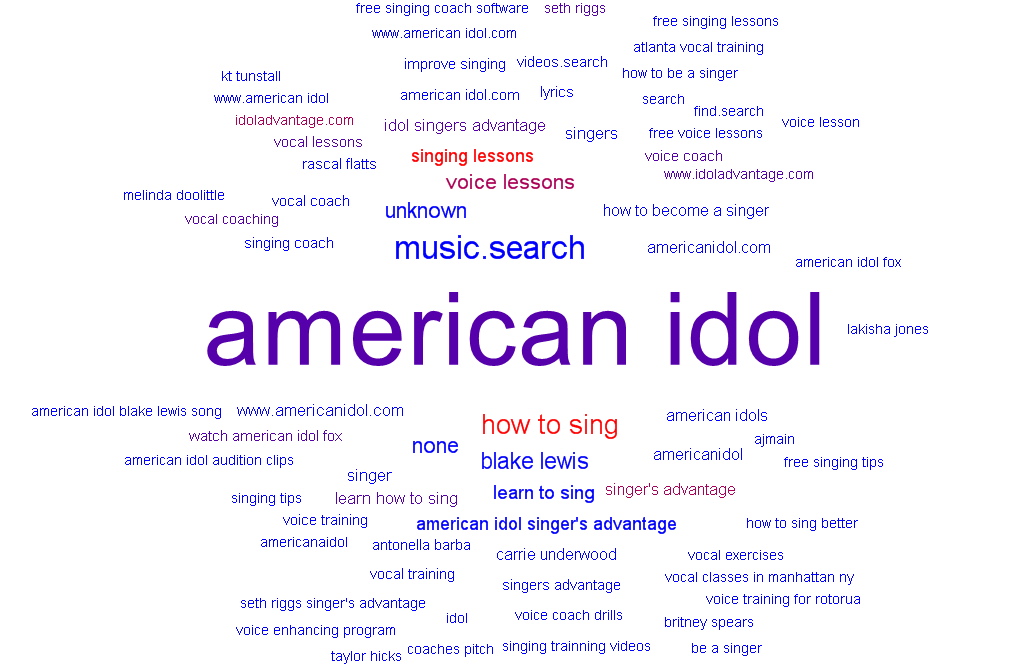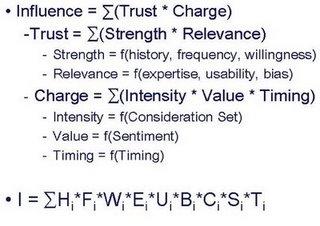
Adjacent Possibilities. Integration. Exploration.Over time there have been a number of interesting challenges that I've had the opportunity to work on. This section highlights some of those from the last several years.
 Digital DensityIssue. Since products are often bought in-store digital marketing needs to be analyzed thru the lens of geography and store trading zones.
Approach: By working with data and technology partners we were able to overlay omni-channel data on store trading zones flyer distribution routes, to better understand where to leverage digital activity and where to potentially invest in print. Since the printed flyer can consume >50% of the marketing budget this is a CMO discussion. Using machine leraning I grouped all relevant postal codes across the country into seven segments that described the digital and direct media consumption where concepts like 'utilitarian' and 'content sponge' were used to describe households.

Accessing Audiences
Issue. Media publishers no longer can rely on the idea of selling visitors to their sites, advertisers are now only willing to pay for THEIR desired audience among all visitors. When there are 100s of sites, each with their own lexicon, the challenge of synthesis is quite large.
Approach: Using a combination of taxonomy, content management and data management platforms we converted each individual site signals into segments that can be shipped across distribution networks. In an atypical move for a digital lay, we also exported the data to overlay offline signals, demographics and psychographic variables based on location. It aligned digital media buying with traditional concepts like Gross Rating Points.
 Lifetime ValueIssue. Customer lifetime value should direct marketing and customer service investments. But when the future is unknown it is difficult to apply a crystal ball to 20, 30 pr even 40 years out. A web-based investment firm needed an estimate of the future - and traditional statistical analysis couldn't extrapolate that far out.
Approach: Rather han thinking of this as a single problem I imagined two questions. First, how long would a person be an investor. Second, how does customer value change from one period to the next. This allowed us to build two very different models - churn to estimate the number of time periods and Monte Carlo to simulate the migration pattern from one period to the next. These became the inputs to a common approached borrowed from our brethern in finance - NPV. This approach provided both face validity and enough variation to change how marketing assets were allocated.

Consumer Persona
Issue. Transactional systems typically don't tell us much about customers as people or about their behavior over time. Adding inslut to injury these systems rarely integrate marketing programs. What as needed
Approach: I led the the design and build of a marketing database that includes catalog mailing files, order history and email communications. Based on key business drivers like "products per order" and "orders per catalog" we created a series of peronsa that were named after the characters in children's books. Examples:
 Social Network FootprintIssue. Early in the adoption of social technology clients asked the question: Are my customes on social networks and if so where?
Approach: By combining social network profiles with traditional overlay data from 3rd party vendors we can understand who is where. The example shown used registered voters from the fall of 2008 to illustrate the penetration of social networks among Democrats and Republicans. While Democrats had a higher penetration, the gap wasn't as large as one might expect from the popular media. We also reversed the process and profiled the audience of various networks to help set targeting priorities.

What's Your Wind Worth?
Issue. With everybody trying to lock up wind rights we thought it would be good to provide a way to answer the question this $64k question.
Approach: Since every parcel of land is in a wind corridor, is some distance from the grid, and is of a known size it was 'easy' to create a calculator to determine the value of a given location. To help dispel the hype we also highlighted the four problems with wind:
 Search CloudIssue. Infographics for search terms showed the frequency of activity, but not the conversion rate making them less valuable than we'd like when reviewing campaigns with clients.
Approach: We wrote an app that produced the accompany graph which combines both frequency (size) and conversion rate (color). The size indicates the relative frequency of a search term and the color denotes conversion - where red is high, blue is low. So in this case, it is easy to see that bidding on 'American Idol' probably doesn't cover costs while terms like 'singing lessons' should be given more emphasis.

Influence.
Issue. There is a lot of talk about recommendations, trust and the influence of peers. But in order to help marketing figure out what tactics might work it would help if there were a way to break "influence" into manageable chunks or levers.
Approach: Working with some communications experts we developed the following way to describe 'influence.'
In sum, the influence of a marketer is based on their history and frequency of interaction plus if they are perceived as providing useful information.
|
||